What led you into design?
I was obsessed with computers and video games as a kid, but my parents would always make sure I didn’t spend too much time playing games. My dad had a bunch of creative software installed, so I figured out that I could instead spend time making things in Corel Draw and it wouldn’t count against my “game” time. I had a great arts teacher at high school who noticed my interests and put me on to artists like Julian Opie. I would spend hours just making Opie style portraits of myself and people I cared about. I’d also make CD covers out of those and play with type for the track lists, so without realizing I was getting into the basics of graphic design.
Shortly after, I learned about making websites from a friend from high-school. We opened our own web-design “studio” taking on a bunch of clients that were mostly friends of our parents. Eventually that thing snow-balled and we got really busy, taking on everything we could get, learning on the job. I ended up doing logos, stationery, posters, websites, photography, video, pretty much everything. Eventually our interests diverged: he went into marketing and opened his own company and I ended up focusing more on interactive design where I continued to freelance until I moved to New York to go full-time at Work & Co in 2015, where I am still working today.
What does a typical day look like?
I’m not an early riser at all, so I usually drag myself out of bed around 8 to get ready for work. I take the train from Carroll Gardens in Brooklyn to Dumbo, where I pick up a coffee before I get in the office around 9:30. I catch up on some email and Twitter for a bit, before I figure out what I have on my plate for the day. For most projects, we get the team together for a daily check-in in the morning. During those, we go through everybody’s work and give each other feedback. When I get back to my desk, I try to organize my feedback and consolidate with my other goals for the day and I get to work.
We get catered lunch at noon, so I take a break for that and then get back to work around 12:30 or 1pm. I’m usually a little more productive in the afternoon, and Work & Co is pretty good about keeping my schedule clear of unnecessary meetings, so I tend to get some uninterrupted hours of work in. Some days I’ll go on a coffee run with some colleagues to get my brain moving again. By around 7pm I’ve usually wrapped up my work for the day, at which point I make my way back home where I have dinner with my girlfriend. The evenings are spent watching TV with her, playing video games or reading.
What’s your setup?
It’s really quite basic. At Work & Co we always sit together with our project teams, which means we have to move around a lot. That’s why most people keep their desks pretty clean to make that process a little easier.



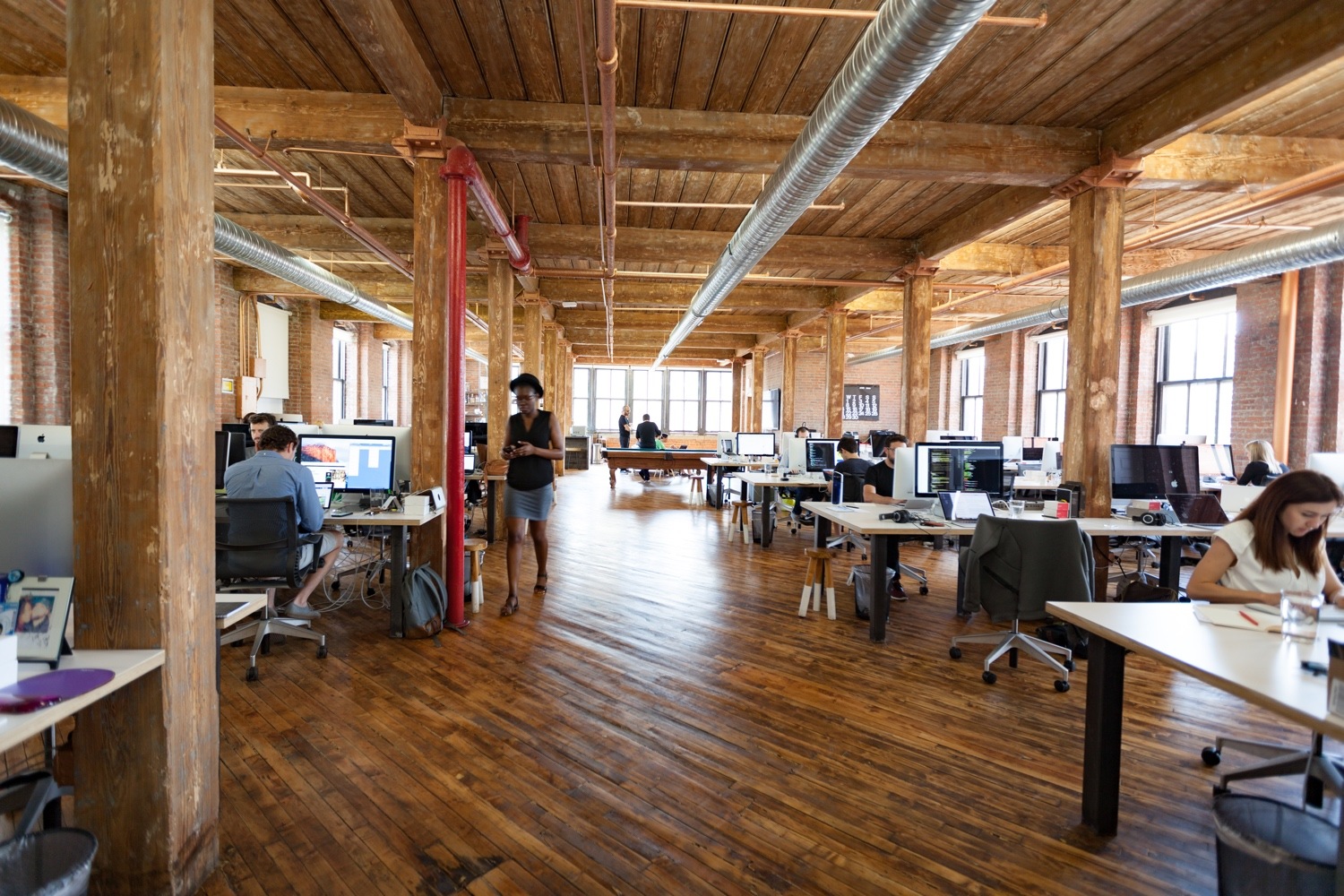
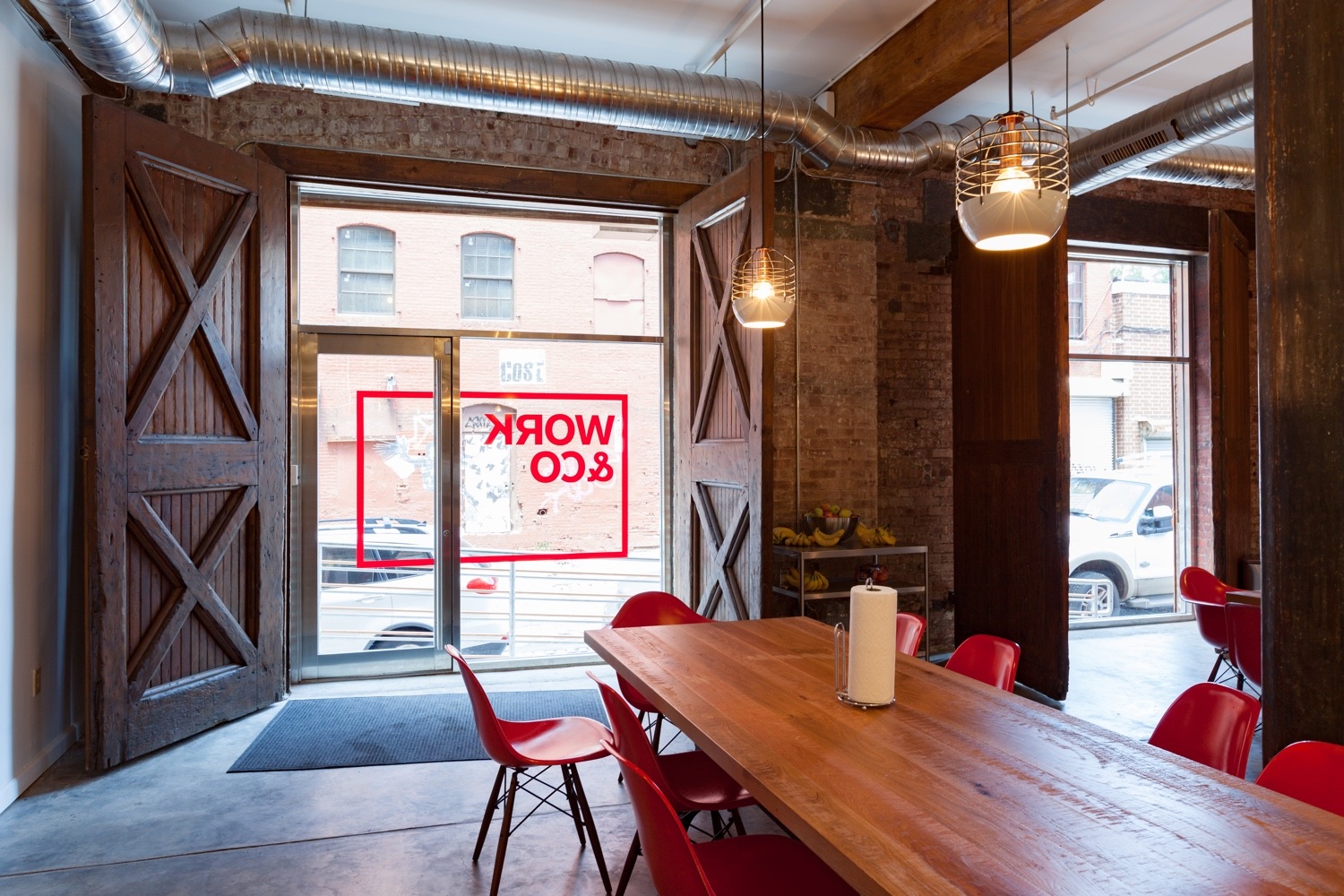
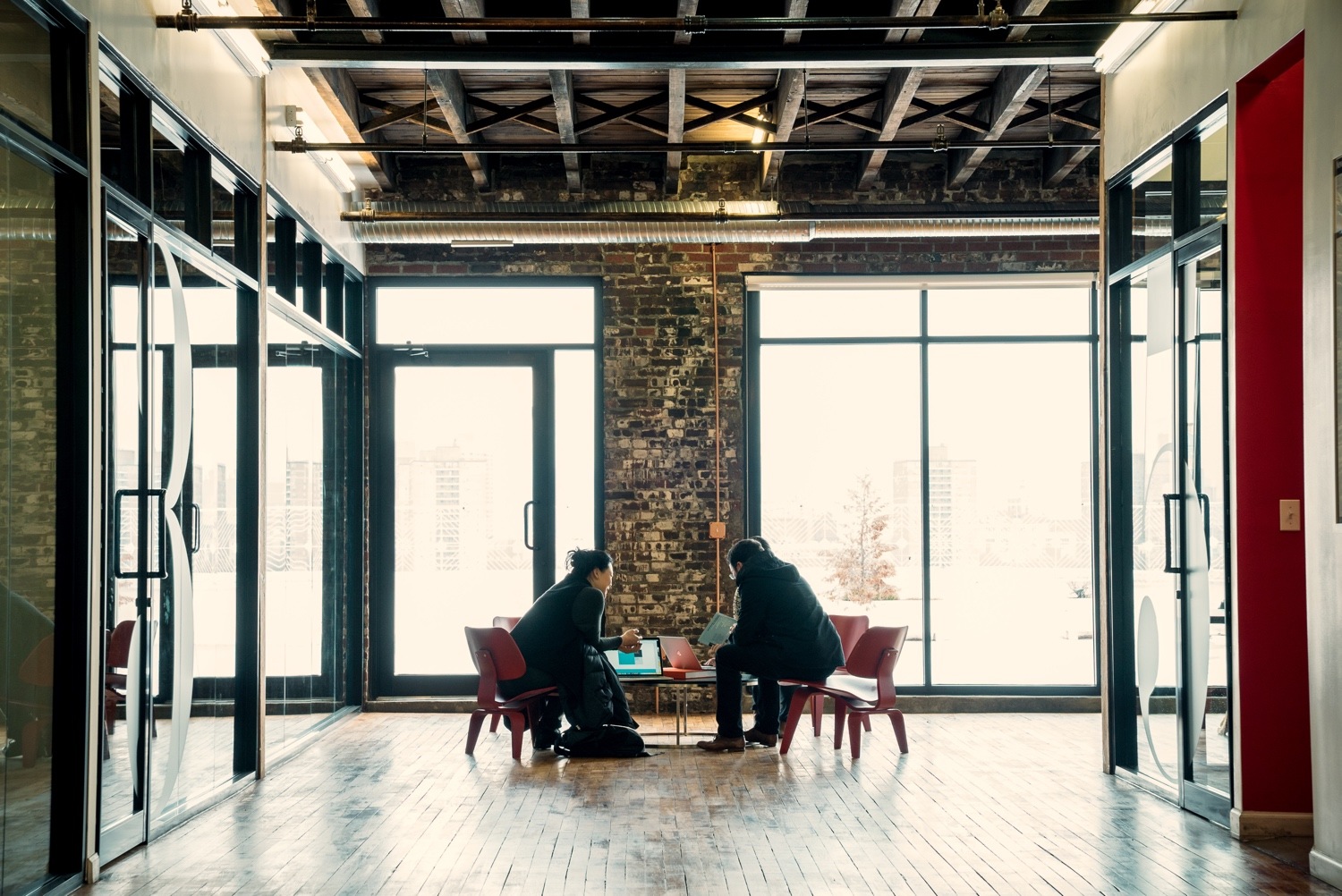
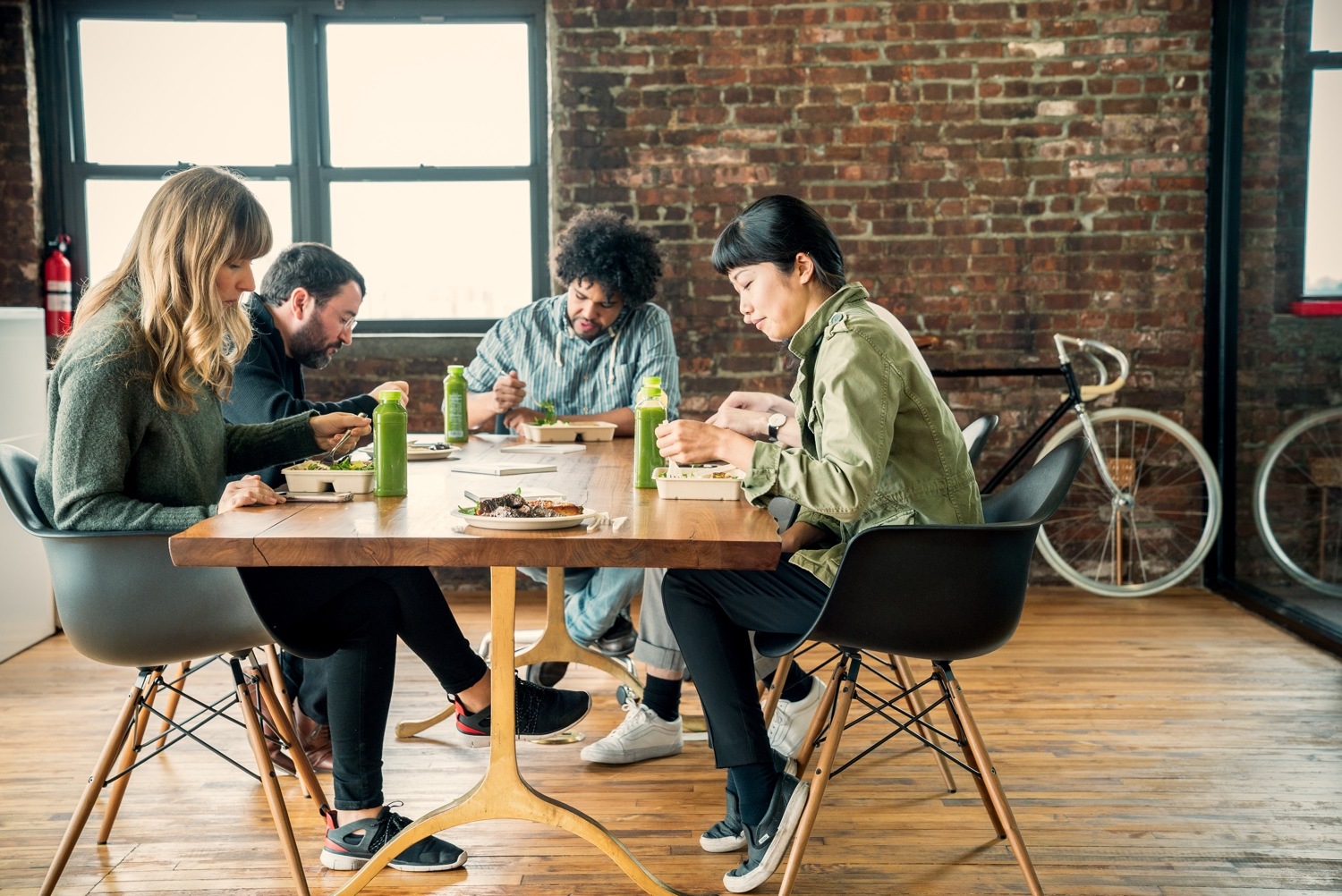
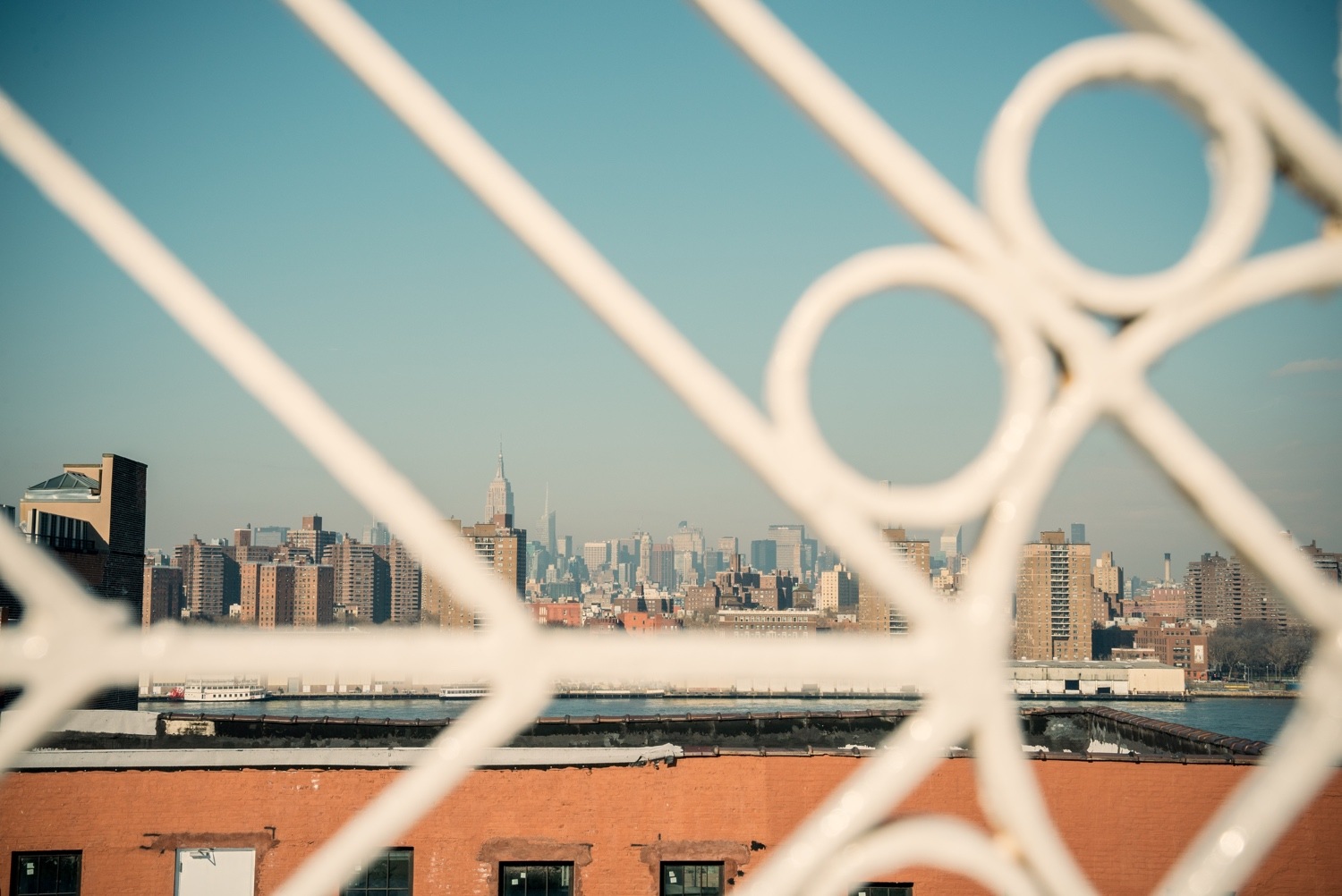
Where do you go to get inspired?
I find a lot of inspiration by talking to my friends and colleagues about what they’re feeling at the moment. I’m also really into fashion, so I spend a ton of time reading and talking about that. Every couple of weeks, I spend a whole day in Soho or Dover Street Market and treat it like a museum exhibit, trying to check out as much new stuff as I can. Coming from a smaller town in Austria, I’m still super excited by how much access you get to that kind of stuff here in New York – it’s pretty great.
Online, I’m super into the editorial work that SSENSE is doing from both a design and content perspective as well as the stuff Grailed has been putting out on Dry Clean Only. FUSE is a nicely curated selection of links that I’ve made my home page. I also check in on Hover States once in a while to see what the cool kids are doing nowadays.
What product have you recently seen that made you think this is great design?
I’ve been really impressed with Are.na lately. It’s a bookmarking and curation platform that is really geared towards research. You could kind of compare it to Pinterest, but where you can connect a pin to multiple boards and whole boards to other boards. I’ve been getting really bored with the amount of ads and bad content I was getting served by Pinterest’s algorithms so when I came across Are.na it felt very fresh to me. The whole product feels extremely minimal and considered, which is something I appreciate a lot.
What pieces of work are you most proud of?
In the last two years at Work & Co, I've worked on a variety of projects—there are two in particular that have launched I wanted to highlight.
One of the first projects I worked on at Work & Co was the mobile app for Virgin America. It’s such a complicated product and it was incredibly tough to make it as simple as we did. The team on it, especially Joe Stewart who lead the design, really kicked my butt when it came to paying attention to details and I think I’m a better designer for it. It's also a project that was built 100% by Work & Co, which is super important to ensuring all those fussy details make it into market. Props to our engineering and QA teams for pulling it off.



The other project I want to highlight was the mobile app for Marriott which we worked on early in 2016. It was very indicative of our process at Work & Co where we had a focused amount of time concepting, prototyping, and testing ideas. Some of them are far out and crazy, which is how we pushed for a new navigation for Marriott's app. Because the app automatically adjusts based on context—say you're planning a trip or you're checked in to a stay—we opted not to have a traditional home screen or navigation. Instead, you land on the most relevant section and can cycle through the rest using a single button. It's hard to describe (which is why we prototype), but once used in context it is really intuitive and ownable for Marriott. I don't think we'd have arrived at a solution like that without trying out so many other concepts first.


What design challenges do you face at your company?
Personally, I think the further you get in your career, the more second-nature the actual design work becomes. Obviously, I am still striving to create great work every day, but the process of getting results stays more or less the same. The things I’m more concerned about now than before are trying to figure out how to be most helpful to the people around me, be it giving feedback or trying to expose them to ideas that could lead them to new solutions.
I’m also working on becoming a better communicator every day. I find that being better at listening and reading people’s intentions is the best way to get to the right solution, but it’s probably the hardest part of the job. It also takes time, which is tough for an impatient person like myself.
What music do you listen to while designing?
Any advice for ambitious designers?
Be patient with yourself and others. Look out for people who need a leg up. Always give it your best shot. Don’t hold a grudge.
Anything you want to promote or plug?
Hit me up on Twitter if you wanna chat about design, fashion, life or anything else!








